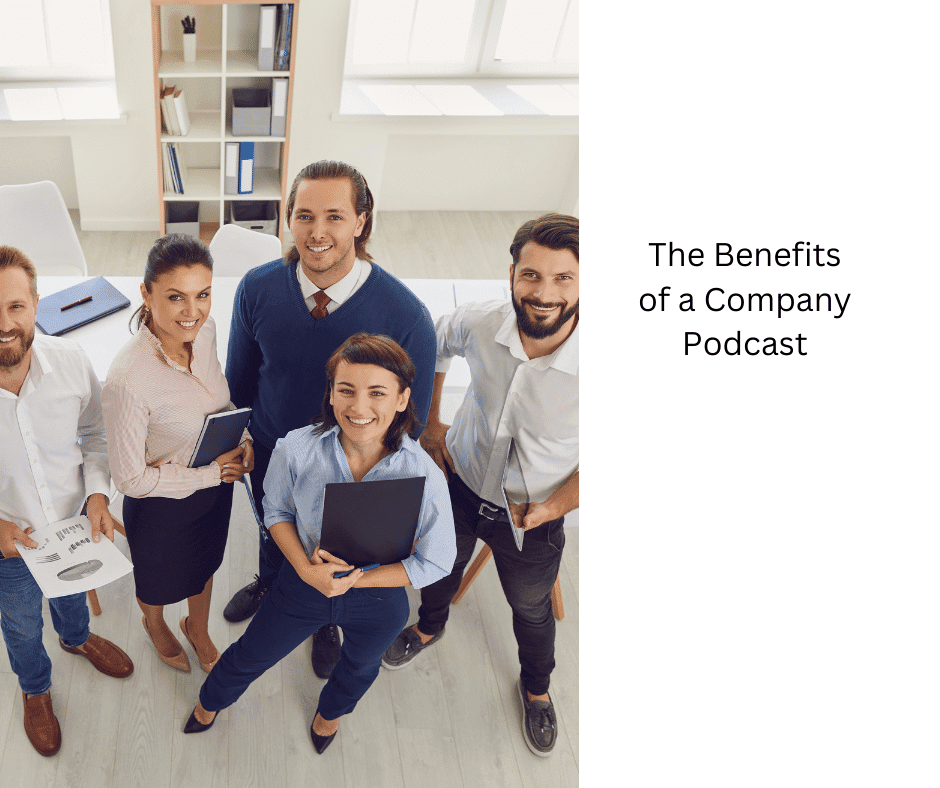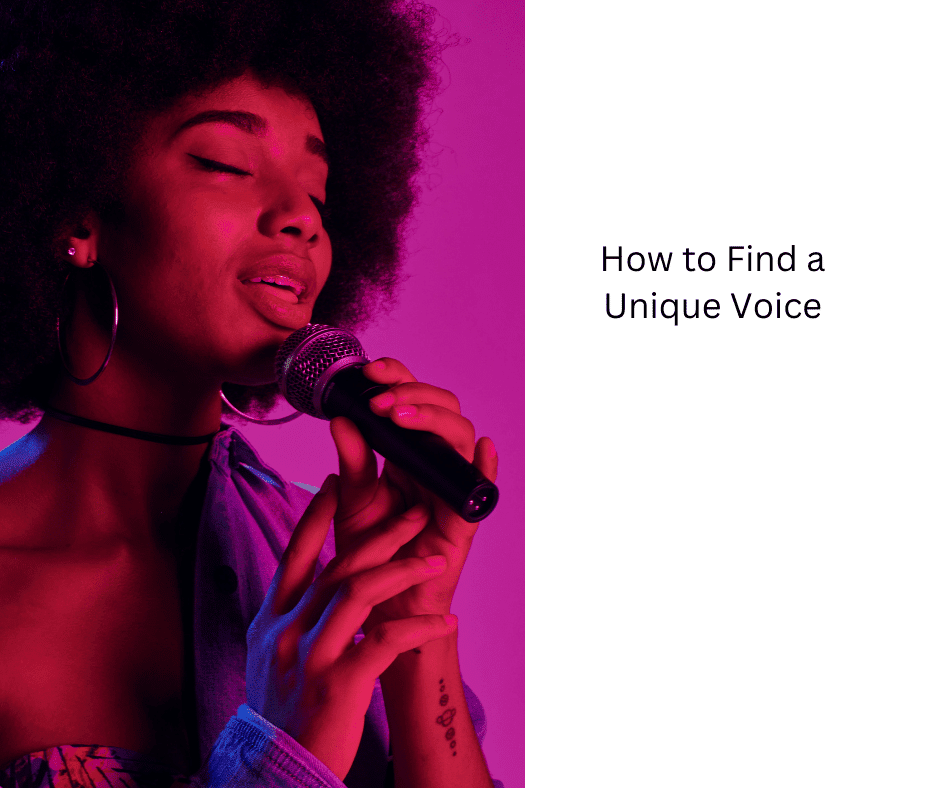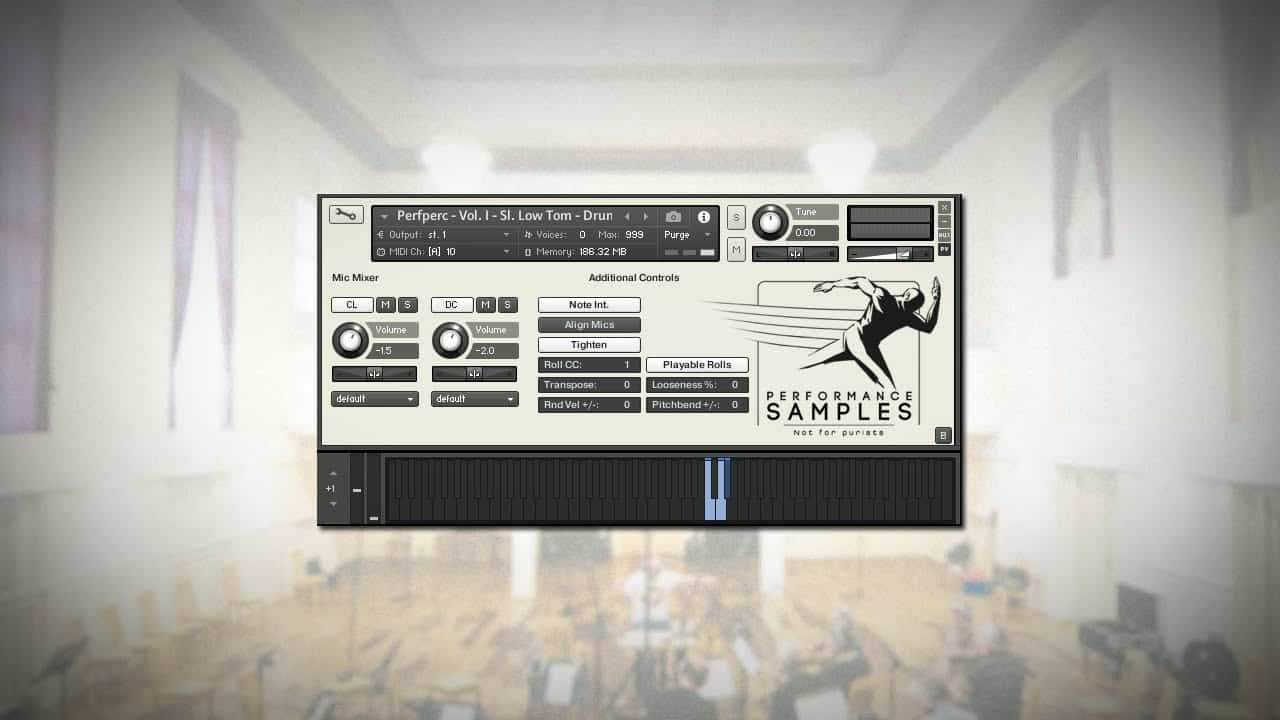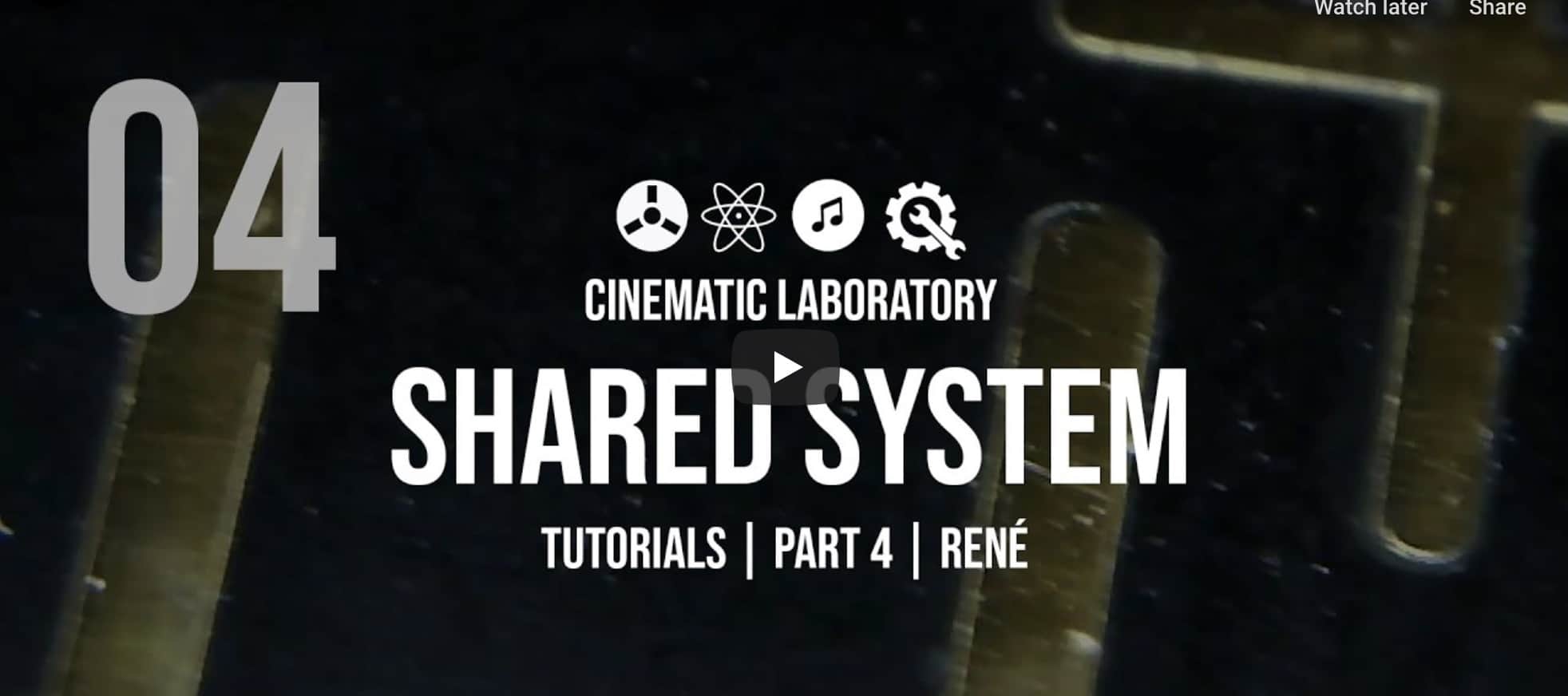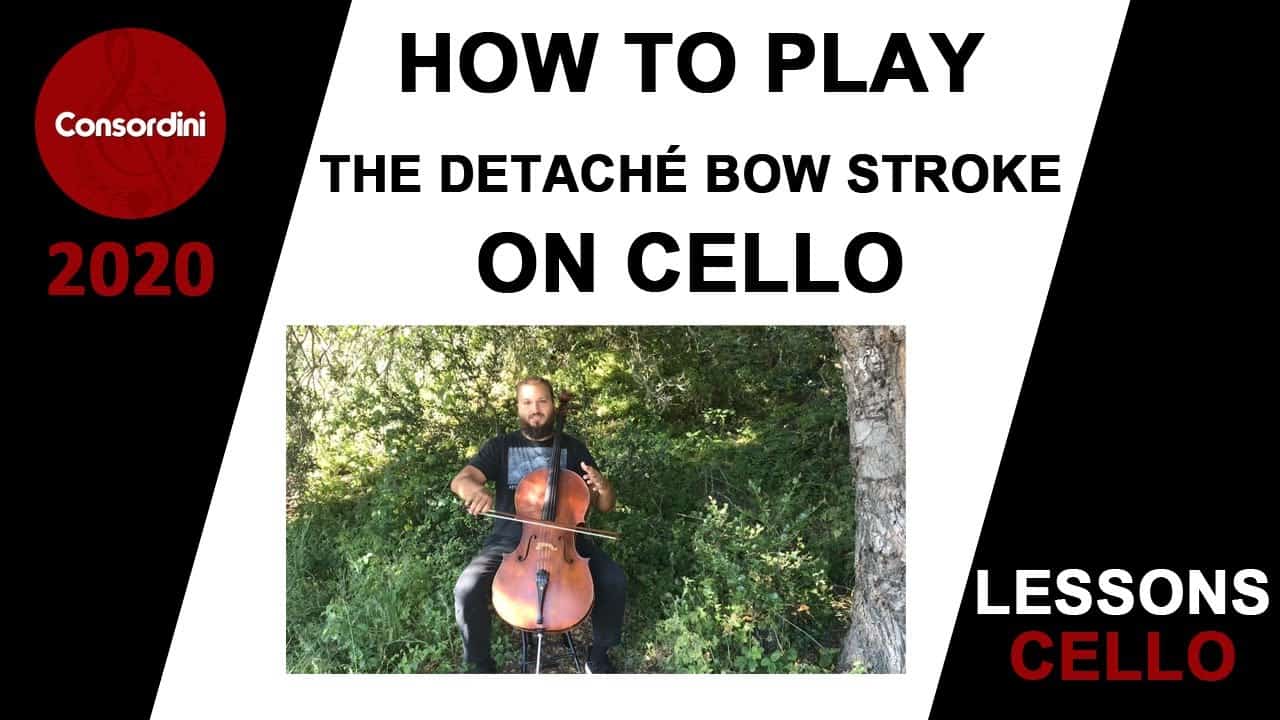Podcasting can help promote a business in many ways. One of the benefits is that it can provide a more personal connection with customers. If you’re a beauty salon, for example, you probably worry about losing clients after they’ve used your products for a while. But podcasting can make your clients feel more welcomed and reassured that they can still rely on your services.
Your Solutions and Services
Whether you’re talking about your products, offering advice, or providing industry babble, a podcast can help you build relationships with your customers. It also gives your business a face, which is important for boosting customer relations. Customers want to feel like they know the person behind the product or service they’re buying.
Build Your Brand
Another advantage of podcasting is that it helps build your brand and make your business more accessible. Podcasting is similar to blogging – the main goal is to share valuable information with your target audience and establish yourself as an expert. Your audience will see you as a trustworthy source and will seek you out for answers to their questions.
Marketing is an important aspect of business growth. Marketing used to be done through mail and in person, and it was very expensive. In fact, advertisements cost a lot more then they do today, so many small businesses couldn’t afford them. Today, however, more people are using podcasts to advertise their businesses. This allows them to have total control over the content of the podcast.
Podcasting can also provide a platform for back-end connections. Podcast guests can be industry experts, current customers, or business partners. It is also beneficial for event-based businesses, which can use podcasting as a platform to showcase behind-the-scenes moments from events. For example, a running store can invite athletes, coaches, and dietitians to speak about the science of running.
ROI
Another benefit of podcasting is that it has a high return on investment. Compared to other marketing methods, podcasts have less competition, which means your podcast will reach more people and provide a higher ROI. Moreover, the popularity of podcasting is growing, which means you can expect a higher audience. As a result, you’ll also enjoy more visibility and happy customers. However, podcasts require some extra effort on your part.
Podcasts also boost productivity in the workplace. By providing digestible information to employees, they’ll be more likely to stay focused and deliver new initiatives. They’ll also promote a happier workplace. Moreover, podcasts are accessible to people with smartphones, and most people spend a significant amount of time on their phones these days. This means that your business can reach potential clients and customers at any time, no matter where they are.
A podcast will also promote your brand. Although it’s not a great way to sell a product, it can help you raise brand awareness and capture client emails. As a bonus, it can increase sales.

